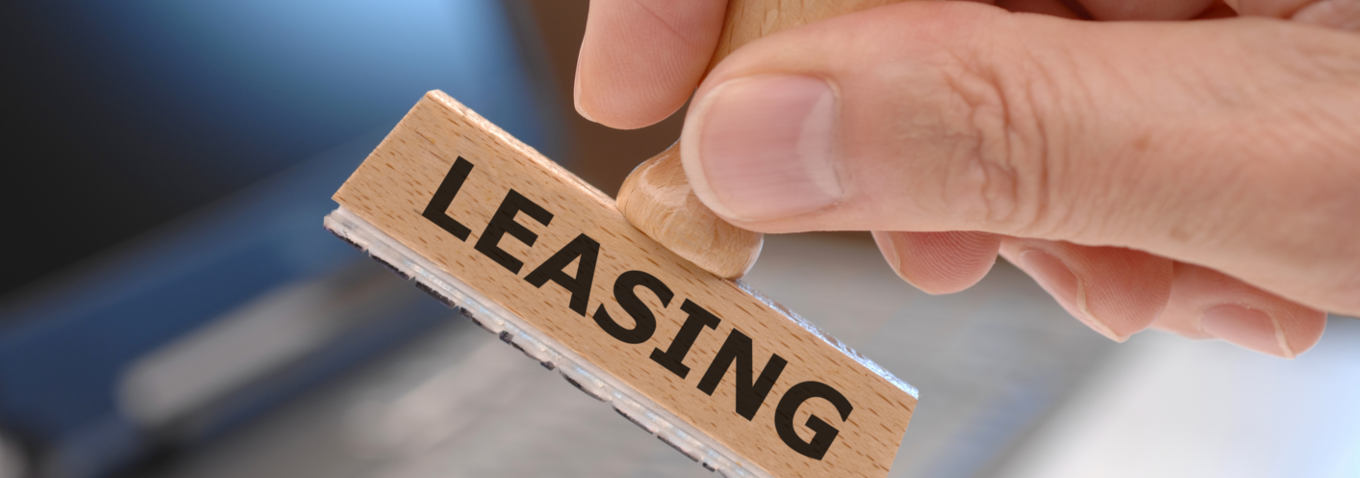We offer sales and leaseback assistance, helping to find funding and capital, while also providing a unique solution to both your company and financial partner’s needs.

A sale and leaseback is an agreement wherein a company will sell a nonliquid asset, such as equipment or real-estate, and agrees to lease the sold item from the buyer for a predetermined amount of time and amount. The agreement is made at the point of sale, so that the seller can free up assets and continue to use the tools and equipment. The seller then becomes the lessee and the buyer a lessor.
For example, company A needs to gain capital for new equipment or contractors. They sell to company B, who then agrees to lease the equipment back to company A for an extended period time at a reasonable rate. As long as company B does not exceed the rate of interest on a comparable high interest loan, the sale leaseback provides a quicker and easier to manage option.
A mutually beneficial agreement, a Leaseback is most often used in construction or industries with high fixed assets. The seller is able to untie cash it needs for other investments, such as tools or contractors, and may be able to claim additional tax deductions from the sale. The lessor is able to receive a guaranteed steady stream of income from the purchase, which can help offset the cost or go to providing its own form of revenue. The funding comes in far quicker than in a normal loan or through selling equipment outright, as the purchaser doesn’t need to worry about relocation or storage. It provides quicker funding with lower terms, low payment options, and low rates.
The leaseback is a hybrid form of financing. Neither equity nor debt, the company does not increase its debt load, but gains access to new material and tools, while not losing access to its old material. This places a leaseback agreement in a unique accounting category. They have a different accounting than debt, but because they are not generally considered to be financing in the same way that loans or equity are, they are not counted on a company’s balance sheet.
The easiest way to think of a leaseback agreement is to compare it to a pawnshop. Your company is agreeing to sell an asset in exchange for capital, but unlike a pawnshop there is no expectation to buyback the asset once the lease is completed. The new owner will collect the product, or conduct their own sale.





